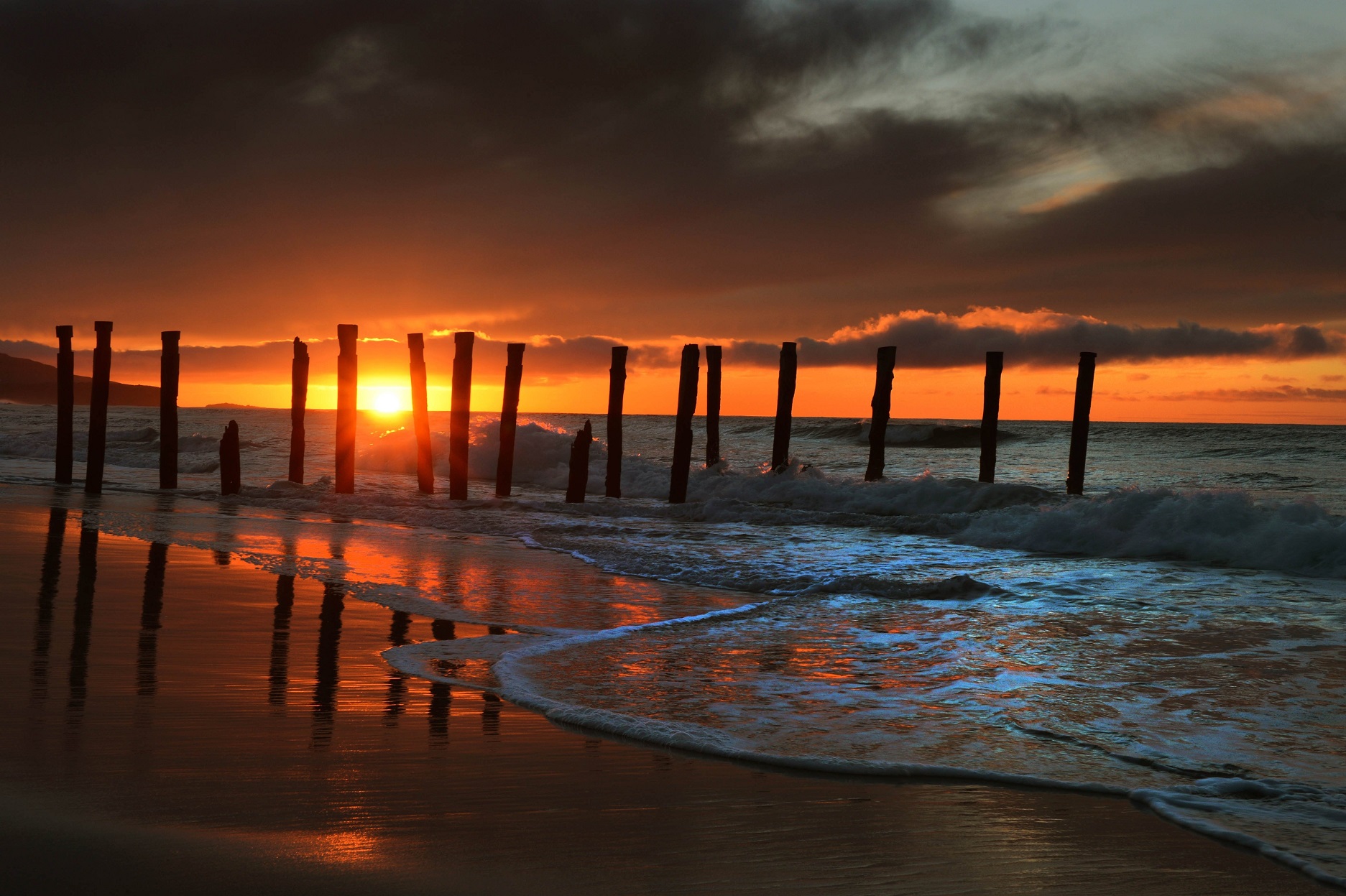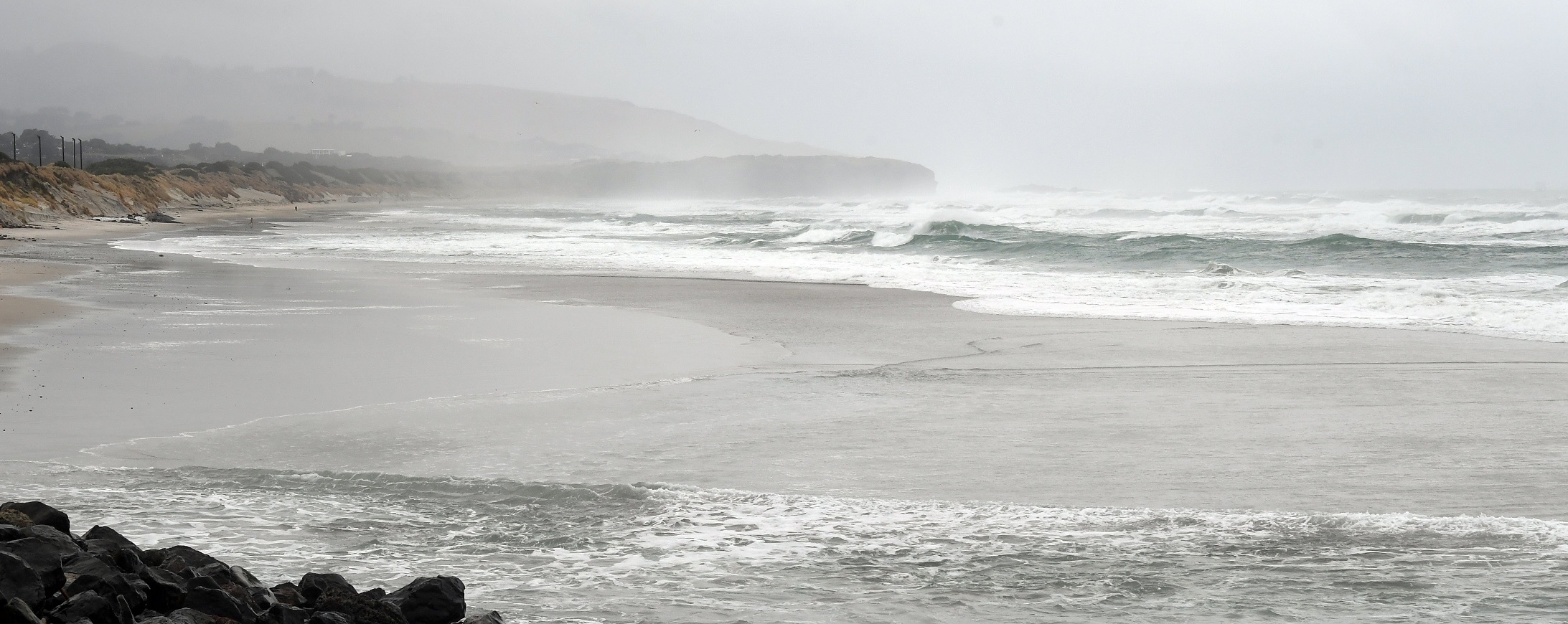
The much-discussed, much-photographed line of poles, or piles, at St Clair Beach in Dunedin represented efforts to retain sand there.
Dunedin photographer Josh Finnie said the poles often held sentimental value for people who bought pictures of them.
They held appeal for tourists, too.
The last pole — part of a sand-trapping structure known as a groyne — disappeared from view this week amid stormy weather.
Dunedin city councillor Jules Radich, a groynes advocate, said the last pole had broken off and washed away, but the remains of poles were buried in the sand.
He continued to argue the structure should be repaired or reinstated.
Groynes have been a feature of St Clair Beach, on and off, since early in the 20th century.
They were introduced from 1902, a year after Ocean Beach Domain Board engineer J. Blair Mason said construction of new walls at St Clair should be delayed "until the beach has been raised and conserved".

By 1919, Otago and Southland district engineer Frederick Furkert was displeased.
"Apparently, nothing whatever has been done to maintain the groynes that were erected between 1902 and 1906," he told the Government.
Erosion stopped when groynes were installed and restarted when they fell into disrepair, he argued.
Double-rowed groynes were constructed amid some desperation in 1920-21 and initial results were disappointing.
The case for restoring groynes was accepted in 1936, but two years later the New Zealand Surf Life Saving Association’s Otago branch argued "these piles serve no useful purpose and are in fact a menace to the people bathing in their vicinity".
They were repaired again in 1955 and seemed to result in long-lasting success.
Lack of groyne repairs this century led to rampant erosion, Cr Radich argued, but he has been unable to convince a majority of his colleagues to back a trial of a reinstated groyne.











